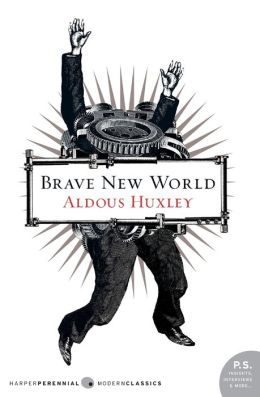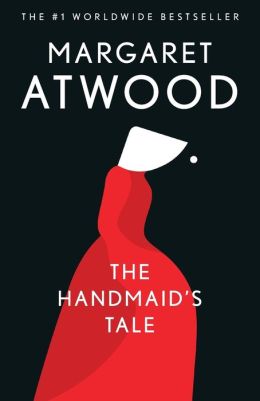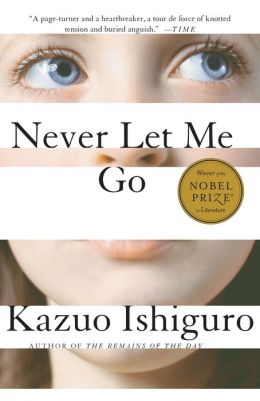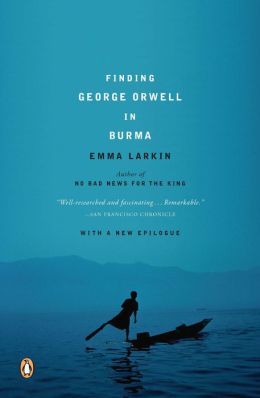One of the best parts of my job is that each spring trimester, I teach a special topic English course to eleventh and twelfth graders. I have been able to choose my topics and build a course from the ground up. My proudest achievement and favorite course to teach is one called Dystopian Literature. This spring I will be offering it for the fourth time, and in the winter I always revisit my curriculum and the texts I will be using. I am pleased to be able to share these books with you, as they are near and dear to my heart.

First is Aldous Huxley’s Brave New World. It serves as our template for what a dystopian novel is and it exhibits the key characteristics of the genre that my students and I work with all trimester. Huxley’s novel is a sort of dystopian ur-novel; it presents a society that seems to be a utopia to almost everyone except our protagonist. But then Huxley flips the script and introduces a second protagonist midway through the book to advance his themes even further. And, the book has some very funny moments. His vision of the future is remarkably prescient, particularly in the realms of media and entertainment (the “feelies,” movies that you can touch, are starting to feel like something that may exist in my lifetime).

Next, we tackle Margaret Atwood’s The Handmaid Tale, which may be my favorite book of all time by one of my favorite, if not my favorite, authors. As we read this book, I have the priceless opportunity of putting the novel in context for the students, including introducing them to personages they do not know at all, like Phyllis Schlafly and, much to their wide-eyed entertainment, Tammy Faye Bakker. Atwood’s novel is so chilling, so unsettling, that it rarely fails to captivate the students. When Atwood writes “We lived in the blank white spaces at the edges of print. It gave us more freedom. We lived in the gaps between the stories,” we are able to discuss the varied levels of autonomy and agency women have had through the years, and the way many women still exist in negative space in certain contexts. I also take great glee in exposing so many young men to Margaret Atwood. I hope some day these young men will grow into men who might one day list the book as a favorite, as Meg dreams of in this piece elsewhere on this site.
Finally, we read Kazuo Ishiguro’s Never Let Me Go. I will not say much about the plot, as if you haven’t read the book or seen the movie, I want you to approach the novel with as clean a mind as possible. The book is full of the restrained longing Ishiguro is famous for (more often known from The Remains of the Day), and presents a dystopian society that most closely resembles our own (and much of it takes place at a boarding school, not unlike where I teach, adding certain moments of “oh!” for the students). It lacks the overt futurism of Brave New World, and more than makes up for it with gorgeous language and emphasis on character.
Two books I use to supplement our work are Nothing to Envy: Ordinary Lives in North Korea by Barbara Demick and Finding George Orwell in Burma by Emma Larkin. Both present vivid pictures of modern day totalitarian societies with vivid prose. Some of the passages from Nothing to Envy, in particular, parallel eerily with The Handmaid’s Tale, in spite of one being fact and the other fiction and the thirty years that separate the narratives.




